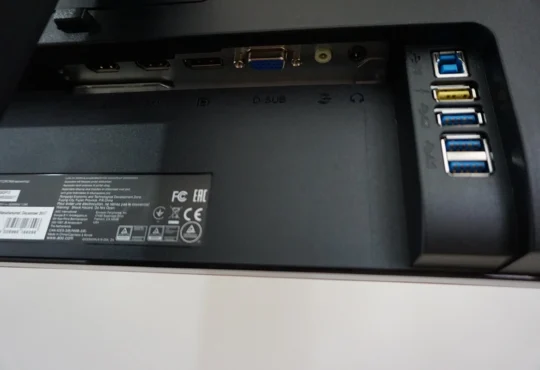
Print on demand is part of the eCommerce industry that continues to grow. According to multiple sources, worldwide sales are expecting to reach near 5 trillion dollars by the end of 2021. The number is also projected to grow in the future even more.
It is no surprise given how so many products and services are available on the internet these days. And it does not seem like this trend will stop.
As for print on demand, custom-made merchandise has also found its place in the market. People are happy to wear clothes, drink from mugs, or carry accessories that have a print on them. And there is room for new entrepreneurs who have interesting ideas.
Of course, starting a print on demand business is not that simple. You will have to work hard and learn. Here are some mistakes that you are bound to encounter in your journey.
Mistake #1 – Picking Wrong Suppliers
You will need a lot of resources if you are going to do everything yourself. Manufacturing, inventory, packing, and shipping require what hardly anyone can afford, especially when they are starting out.
It would probably be better to get a supplier like Printify that does not come with any hidden costs of print on demand and does most of the work for you. You will only need to worry about marketing and creating designs while the supplier will take care of manufacturing and shipping.
Mistake #2 – Expecting Immediate Success
Print on demand is no different from other businesses in the sense that one should not expect immediate success. It is a possibility, but chances of you taking off immediately are very slim.
Prepare to wait and do not end up abandoning the venture even if you are not making a lot of sales at first. Remember that most brands started this way and had to work until they were recognized by customers and gained their trust and loyalty.
Mistake #3 – Selling Boring Designs
Do not expect to make a profit if your designs are not standing out from the rest. There are tens, if not hundreds of stores that are already offering something similar. Ask yourself whether you can compete against them.
You will need to look for designs that are creative and unique. Maybe focusing on a very narrow niche with the intent to appeal to a particular demographic could be your ticket to making more sales? See how you could do with that idea.
Mistake #4 – Competing With the Best

You are bound to encounter some competition even in more niche markets, but trying to compete against the industry giants is not worth the effort. Do not waste your resources trying to outrank them in search engines.
Instead, do your own thing and create a community that is loyal to your brand. You can look to move on from there once you have established yourself.
Mistake #5 – Doing Everything Solo
Being the one in charge of the website, customer support, social media, designs, and everything else can become too much. The moment you notice that you do not have the time to manage everything, look for some help.
It can be one person, and you can turn the whole business into a joint venture. Or maybe you are scaling a lot and need a separate person for each task? Think about what would be the most efficient option and go with it.
Mistake #6 – Failing to Pick Right Merchandise
A large number of stores start with only t-shirts. Adding a lot of different product types from the very start might not be the best idea. You will have too much on your plate, and it might become too difficult to focus on running things. Lack of experience does not help either.
Instead, start with one or two types of merchandise, and when you feel like you are ready, or you have more people working with you, scale the business and introduce more stuff. Also, remember that quality is more important than quantity. Keep that in mind.
Mistake #7 – Failing to Invest in Marketing
Marketing should be one of your priorities after launching the store. However, the lack of time can become a hindrance when you want to cover as much ground as possible.
Aim to focus on the methods you are the most familiar with or methods that you believe would work the best with what you are trying to achieve. Social media, email marketing, search engine optimization, and pay-per-click are some of the most popular examples. Again, it might be better to have someone who is in charge of marketing.
After all, a lot of work is involved, and some campaigns, like SEO, require knowledge and time before they take effect. If you have some funds to spare or have already profited from the POD business, reinvest that money in marketing.






